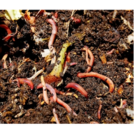
In this lesson the students will create mixtures and note the physical properties of each of the ingredients within.
- Subject:
- Physical Science
- Material Type:
- Lesson Plan
- Author:
- Out Teach
- Date Added:
- 07/22/2021
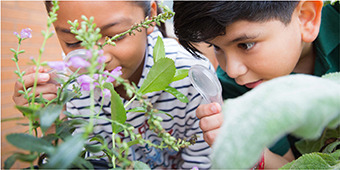

In this lesson the students will create mixtures and note the physical properties of each of the ingredients within.
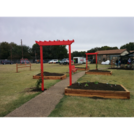
In this lesson students will use their knowledge of decimals to solve problems in a real- world setting.

In this lesson students will use knowledge of the needs of living things to examine their outdoor classroom for these factors that help plants grow.

In this lesson, the students will be given time to create their own understandings about the parts of plants as they explore plants hands-on in the outdoor classroom.

Students can research a particular plant on particular aspects like where does it thrive, how big does it get, etc.
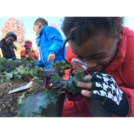
STUDENT ACTIVITY – 1st Grade: This is a distance-learning lesson students can complete at home.The students will be given time to create their own understandings about the different parts of plants as they explore them in an outdoor setting.This activity was created by Out Teach (out-teach.org), a nonprofit providing outdoor experiential learning to transform Science education for students in under-served communities. .
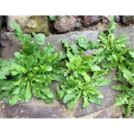
STUDENT ACTIVITY -- 3rd -- NCThis is a distance-learning lesson students can complete at home.Students will pull weeds to explore plant structures that promote survival.This activity was created by Out Teach (out-teach.org), a nonprofit providing outdoor experiential learning to transform Science education for students in under-served communities. .
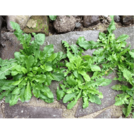
In this lesson, students will explain their observations and understanding of various plant's external parts and how they help the plant survive in its environment.
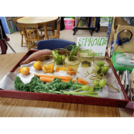
Students will use knowledge of life cycles to collect evidence of the stages of life a plant goes through.
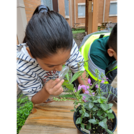
In this activity, students will create shadows and using this evidence they will write a scientific claim using evidence.
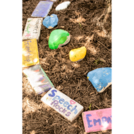
Students will determine a rule for classifying outdoor objects based on physical properties of matter.
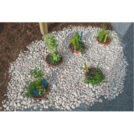
Students will determine a rule for classifying outdoor objects based on physicalproperties of matter.
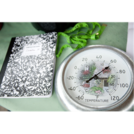
Students will make it a regular practice to record weather data using thermometers, wind vanes and rain gauges.
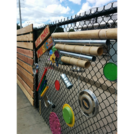
Students will use their knowledge of earth's natural resources to identify resources in the outdoor classroom and classify these resources as either renewable or non-renewable.
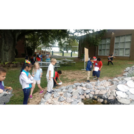
Students will explore the components of soil and make a model of sedimentary rock layers and fossil fuels.
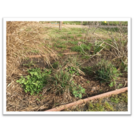
Students will prepare the vegetable beds for planting exploring how simple and compound machines work.
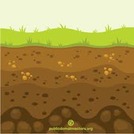
Students will study the soil both in the school garden and then in their outdoor environment at home. They will compare the various soils to identify the soil types they observed and discuss the plant life each soil type supports. Students will time the flow of water through different soils and observe the amount of water held in these soils. They will also observe the filtering ability of soils by noting the clarity of the water before and after it passes through the soil.
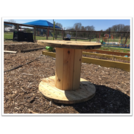
Students will arrange themselves in planetary order and determine the distance from the sun.
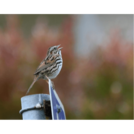
Students will listen for sounds in the garden paying careful attention to volume (how loud or soft a sound), pitch (how high or low) , or if it is a natural or man- made sound.
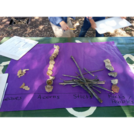
Students will use their knowledge of stem and leaf plots to represent temperature in various locations outdoors.